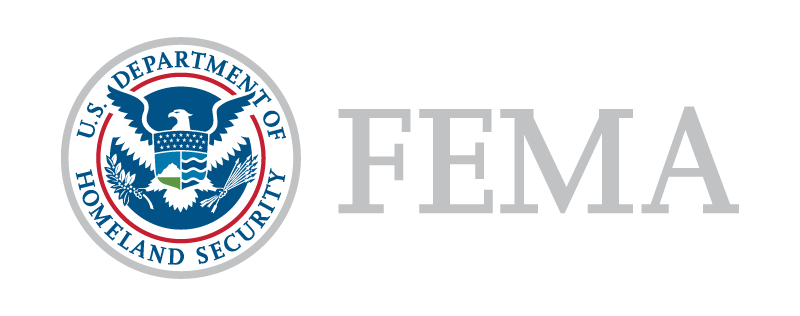Working Groups Collaboration
After the literature review, the core National Risk Index development team formed three working groups composed of potential users, subject matter experts, and interested stakeholders and parties. Each working group was responsible for an aspect of the Index's development and methodology. Experts in each group helped continue the literature review effort.
The Natural Hazards Group assessed datasets associated with the 18 natural hazards selected to be included in the Risk Index.
The Social Vulnerability Group assessed datasets and quantified social factors for Social Vulnerability and Community Resilience.
The Data Analytics Group oversaw the spatial processing, normalization, and aggregation of data to arrive at a risk index methodology and calculation that integrated the final datasets identified by the other two working groups.
Together, the groups discussed and developed the National Risk Index, including:
- The datasets and indices to incorporate
- Definitions
- Data management strategies and metadata requirements
- Data processing
- Index creation methodologies
- Index integration
- Data visualization and exportable results
- Online mapping and data exploration tools
In 2022, the National Risk Index team convened a new Social Vulnerability Working Group to obtain information and facts to equip FEMA to determine the most suitable Social Vulnerability product for use. The working group called upon nearly 100 subject matter experts to equip FEMA with the data and information necessary for FEMA to make the decision of using the Centers for Disease Control and Prevention's Social Vulnerability Index (SVI) as the Social Vulnerability component of the National Risk Index.
For comprehensive details about the working groups collaboration, see the National Risk Index Technical Documentation.


